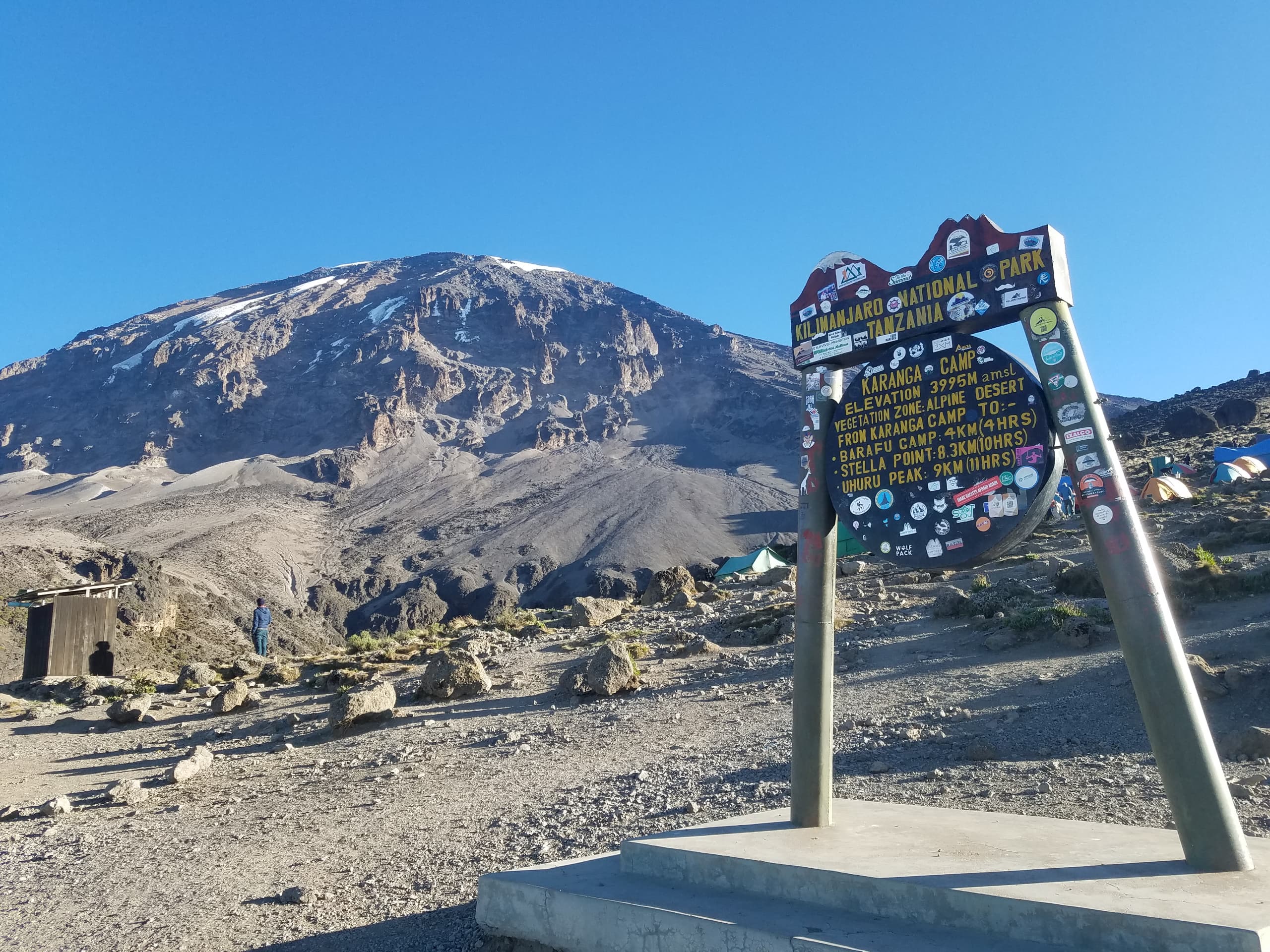
Climbing Mount Kilimanjaro is a dream for many trekkers. The mountain offers different routes, each with its own distinct features. The trek is not only about the challenge of reaching the summit but also about exploring the diverse ecosystems, from tropical rainforests to alpine deserts. Whether you're looking for a challenging trek or a scenic route, there’s something for every adventurer. The summit is known as Uhuru Peak, and standing at the top offers an overwhelming sense of accomplishment as you look out over Tanzania an
Mount Kilimanjaro is one of the most iconic destinations for adventure seekers. Standing tall at 5,895 meters (19,341 feet), it's the highest mountain in Africa, offering climbers a once-in-a-lifetime experience. With various routes and diverse landscapes, Kilimanjaro climbing tours provide an unforgettable journey, full of excitement and natural beauty. The allure of the mountain lies not only in its height but in its diversity, with several ecological zones and unique challenges that attract climbers from all over the world.
Climbing tours to Mount Kilimanjaro are organized by expert guides and tour operators who ensure your safety, enjoyment, and success. The tours include everything you need – from permits, accommodations, meals, and trained guides to porters carrying your gear. With professional teams, climbers can focus on enjoying the journey. Climbing with a group or with a personal guide adds a layer of security, helping you to navigate challenging terrain and manage altitude acclimatization.
There are several routes to reach the summit of Kilimanjaro. Some of the most popular ones are:
Climbing Mount Kilimanjaro is a rewarding but physically demanding experience. Tourists should expect varying weather conditions, from heat to freezing temperatures. Acclimatization is crucial, as the altitude can cause altitude sickness. Most tours take between 5 and 9 days, depending on the chosen route. A typical day involves walking for around 6 to 8 hours, with breaks for meals and rest. Each route offers a distinct experience, from rainforest-covered paths to exposed ridges.
The best time to embark on a Kilimanjaro climbing tour is during the dry seasons, typically from June to October and December to February. During these months, the weather is more favorable for climbing, and the views are clear and stunning. The rainy seasons, from March to May and November, are less ideal for climbs due to muddy trails and the risk of heavy rainfall.
Mount Kilimanjaro is not just about reaching the summit; it’s about the experience, the breathtaking scenery, and the sense of achievement. The views from the top are unforgettable, with the possibility of witnessing the sunrise over the African savannah. The journey will take you through different ecological zones, such as lush rainforests, alpine meadows, and glaciers at the summit. For many climbers, the mental and physical challenge makes the summit that much more rewarding.
The climb typically takes between 5 to 9 days, depending on the route you choose. Longer routes provide better acclimatization opportunities, which increase your chances of reaching the summit.
No prior mountaineering experience is required, but a good level of physical fitness is essential. Most climbers have no previous climbing experience and successfully reach the summit with proper preparation.
Guides are trained in first aid, and emergency evacuation is available if needed. Altitude sickness is the most common issue, and it’s essential to follow your guide's advice and take rest days if symptoms appear.
The summit of Mount Kilimanjaro, Uhuru Peak, stands at 5,895 meters (19,341 feet). Reaching this altitude can be challenging due to the thin air and risk of altitude sickness.
The Marangu Route is often considered the easiest route and is ideal for beginners. It has huts for accommodation, making it more comfortable, and it is shorter than other routes.
It is not allowed to climb Kilimanjaro solo. You must be accompanied by a licensed guide. However, there are options for private tours with a personal guide for a more tailored experience.
You should bring warm clothing, a quality sleeping bag, waterproof gear, good boots, sunscreen, and a headlamp. Your tour operator will usually provide some gear, but check beforehand to ensure you have everything you need.
Whether you are a seasoned climber or a novice adventurer, Kilimanjaro climbing tours offer an unparalleled experience. With the right preparation and a trusted guide, the journey to the summit of this magnificent mountain is within reach. Embark on an unforgettable adventure and take home memories that will last a lifetime. With breathtaking landscapes, diverse ecosystems, and the personal challenge of reaching the highest point in Africa, a Kilimanjaro climb is a must-do experience for any avid traveler.